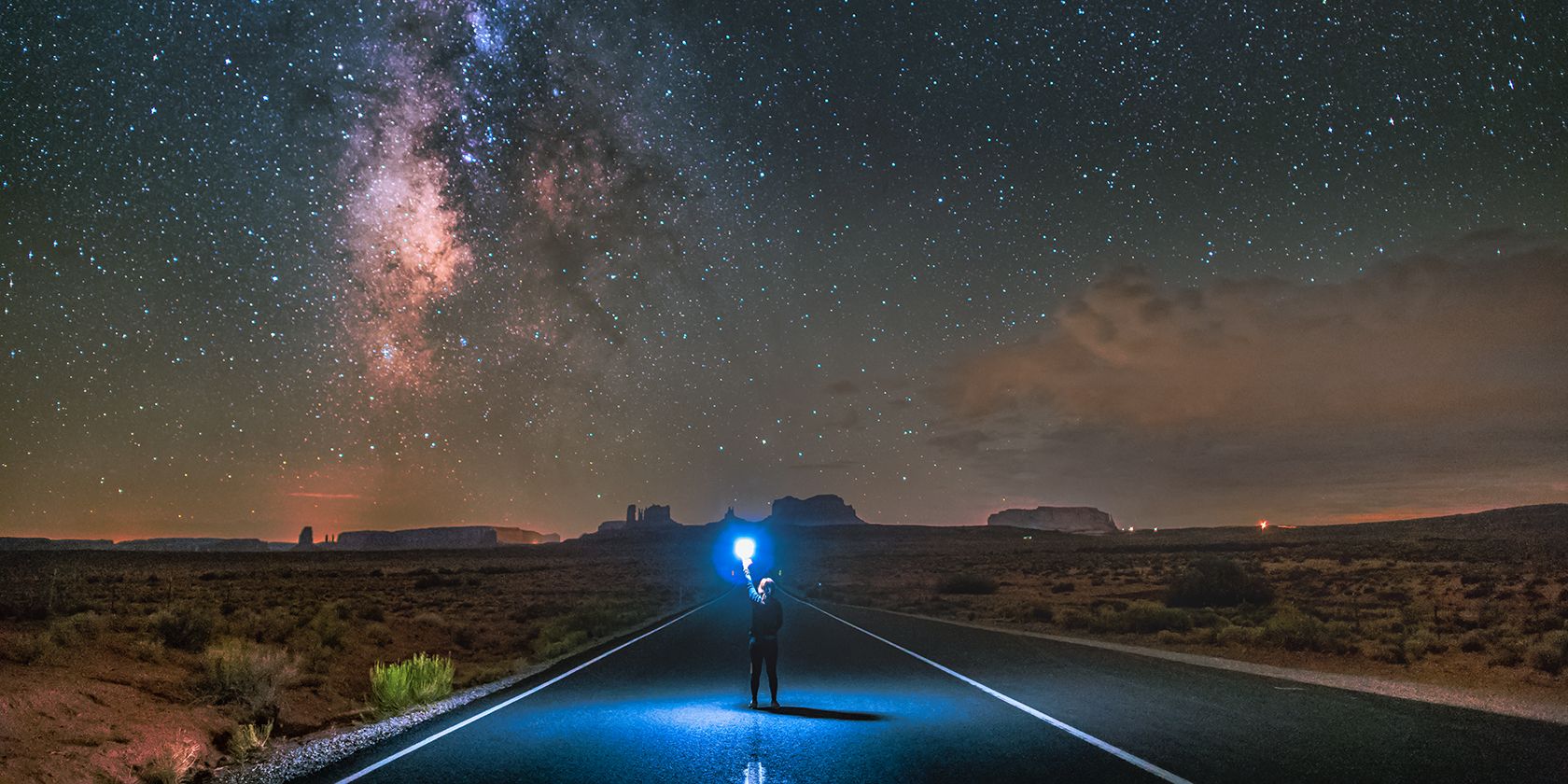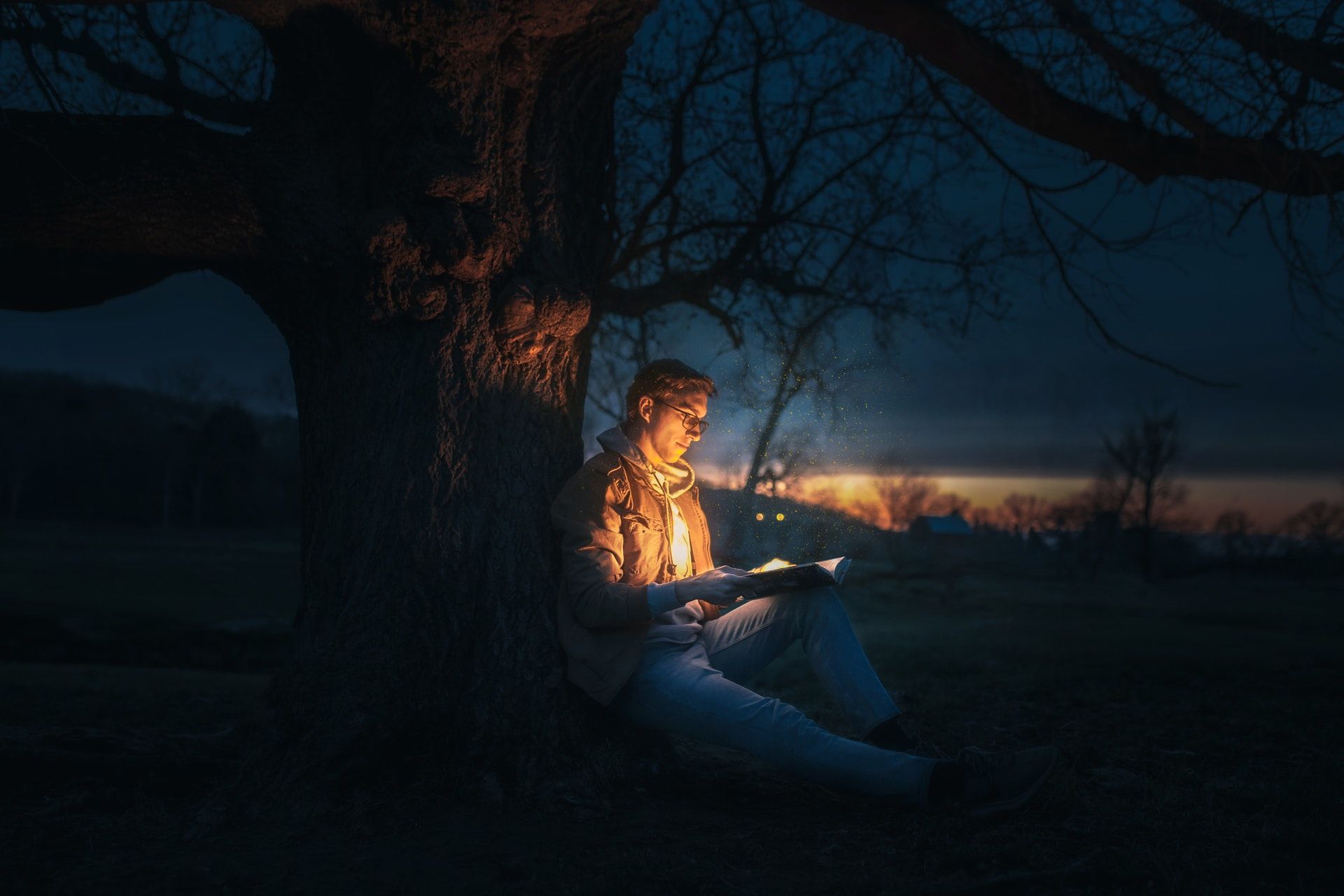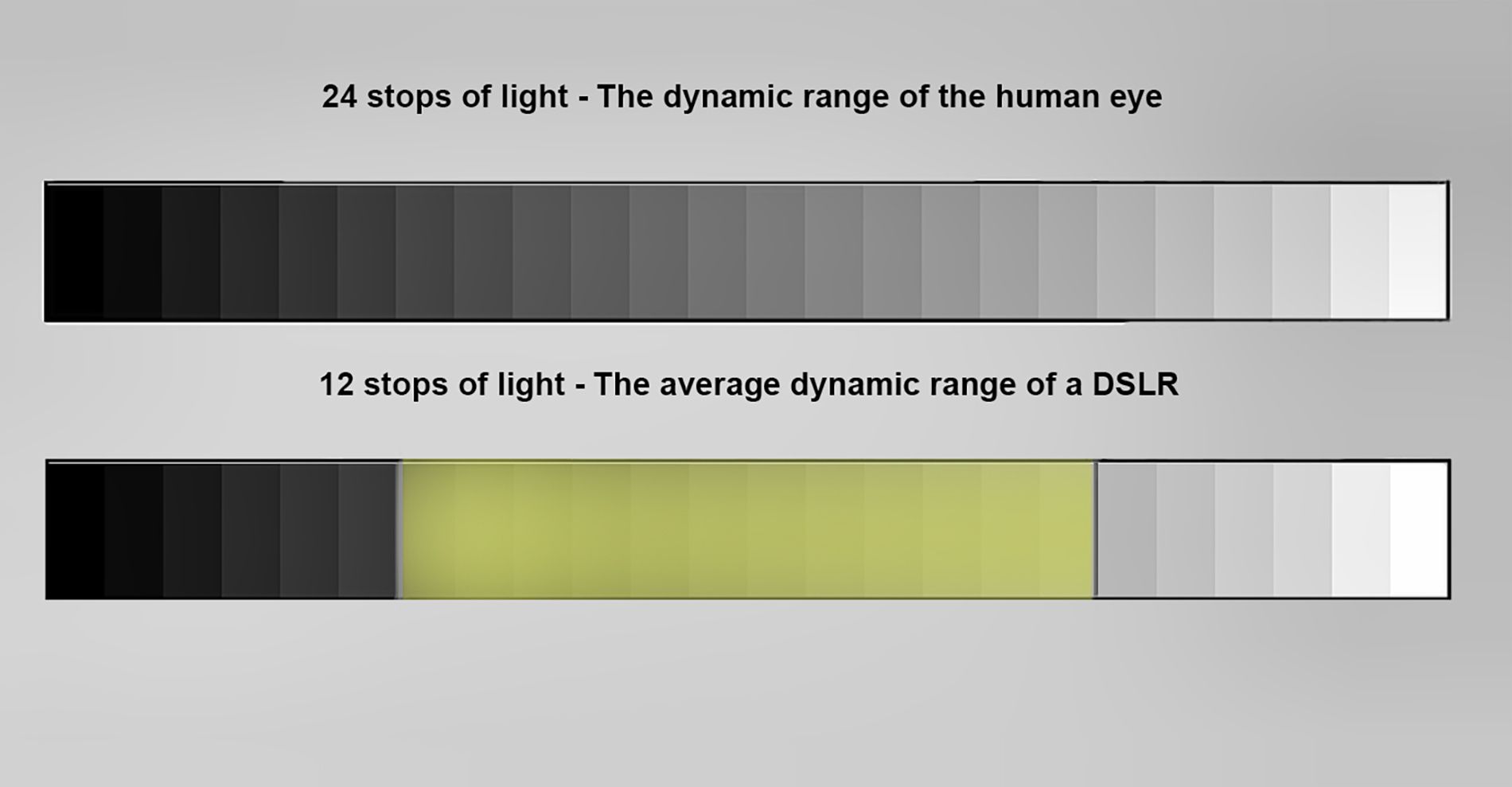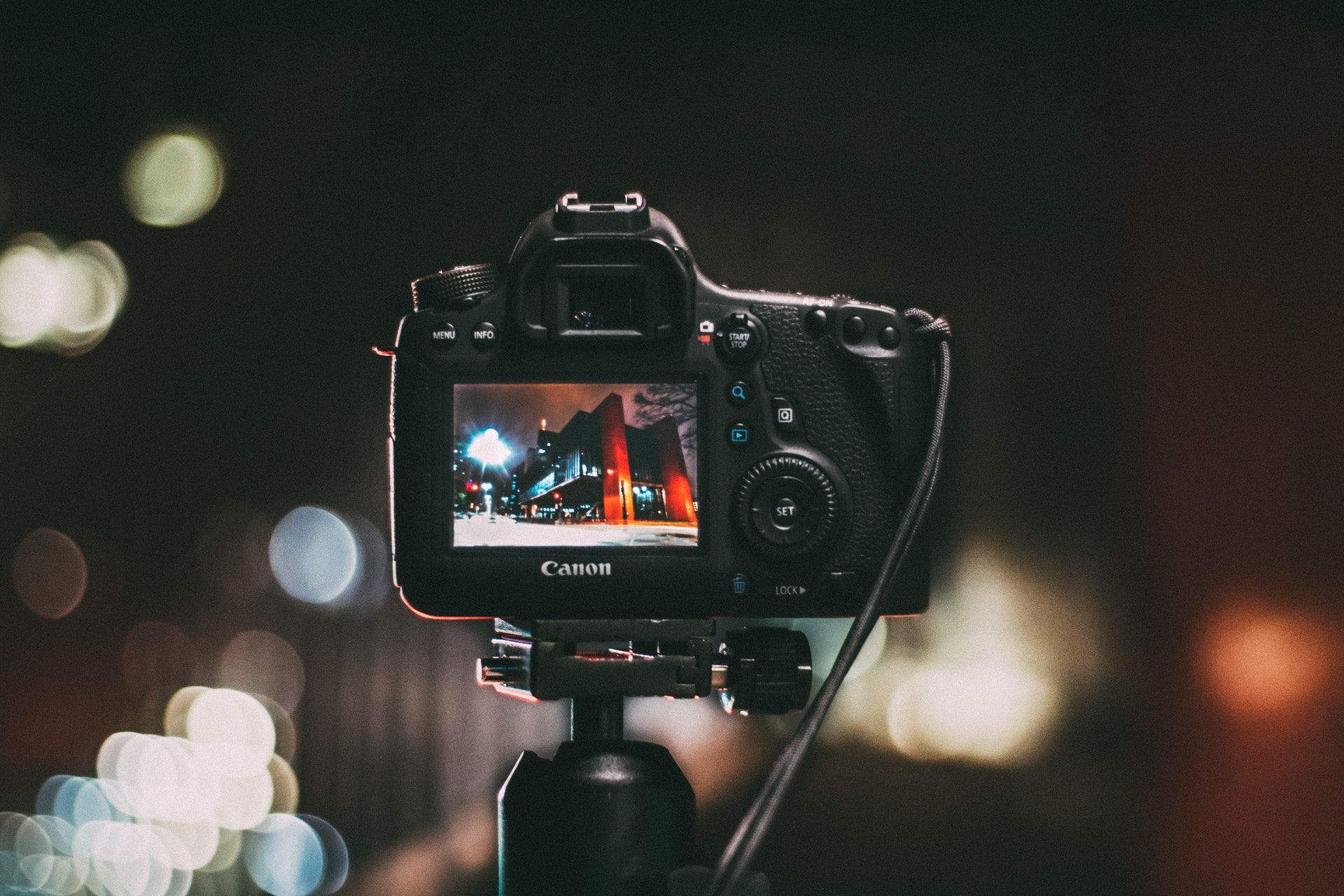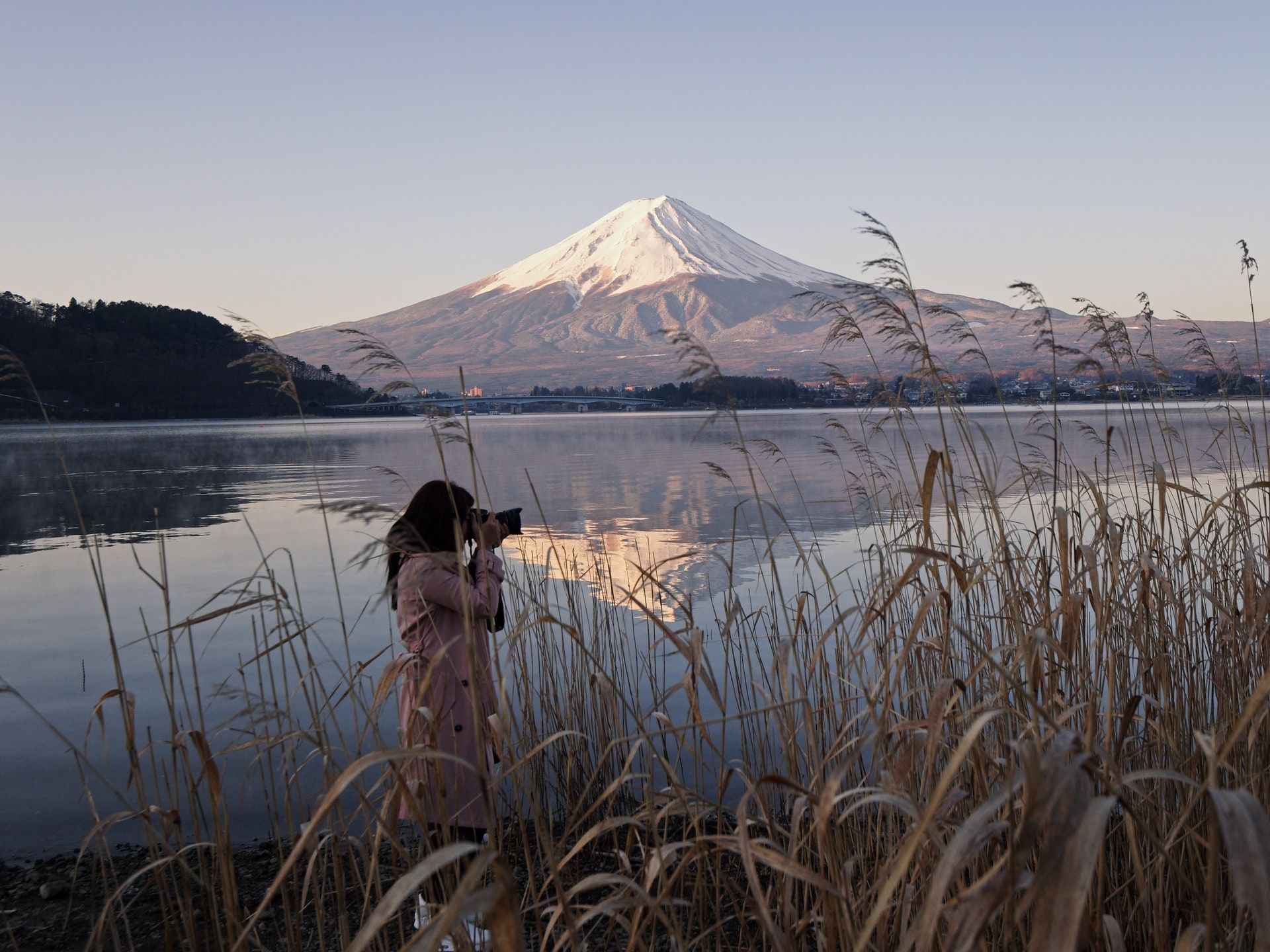Many beginner photographers may have heard of dynamic range but may not completely grasp what it is and its importance to photography.
If you're one of those, don't worry. In this article, we'll explore what dynamic range is and how to make the most of it.
What Is Dynamic Range?
The dynamic range of a camera refers to the number of stops of light a camera can process between the highlight and the shadow regions of an image.
To break it down from left to right on a scale, a camera will render pure blacks (with no detail), shadows, midtones, highlights, and pure white (no detail). Most cameras average about 12 stops of dynamic range, while the human eye can see about 24 stops.
What this means is that a camera with poor dynamic range will produce more of a high-contrast look with less detail in the midtones, shadows, and highlights.
A camera with a good dynamic range will produce more details throughout the range and push the boundaries out further as to what's considered pure black and pure white.
What’s the Dynamic Range for Most Quality Cameras?
It's safe to say that most quality cameras on the lower end start at between nine and 10 stops of light. This market would include many of the older but high-end DSLRs and APS-C mirrorless systems. But it's not uncommon to see full-frame mirrorless cameras boasting 15 stops of dynamic range or more.
The dynamic range will vary depending on your brand; Nikon and Fujifilm are different from one another. But regardless of which you choose, both of these brands produce DSLRs and mirrorless systems with great dynamic range.
Why Does Dynamic Range Matter for Photographers?
Knowing what your camera is capable of is extremely important when it comes to dynamic range. If you know your camera's limitations, you'll be able to make informed decisions about how to expose your images.
For example, if your camera performs well in bright conditions, then you may not have to rely on older methods like the Sunny 16 Rule to determine the correct exposure. Likewise, you'll think about the exposure triangle in how it relates to your camera's overall dynamic range.
Additionally, photographers that know how to use their camera's histogram can relate to dynamic range in a very pragmatic way that helps get better images. That's because a histogram is very much like a visual representation of your camera's dynamic range.
Photography: It's About Light
Photography is all about light. Dynamic range is just one more light-related feature in our cameras that's essential to learn so that we can grow as photographers.
The more control we have in our picture-taking, the more creative we can be.

